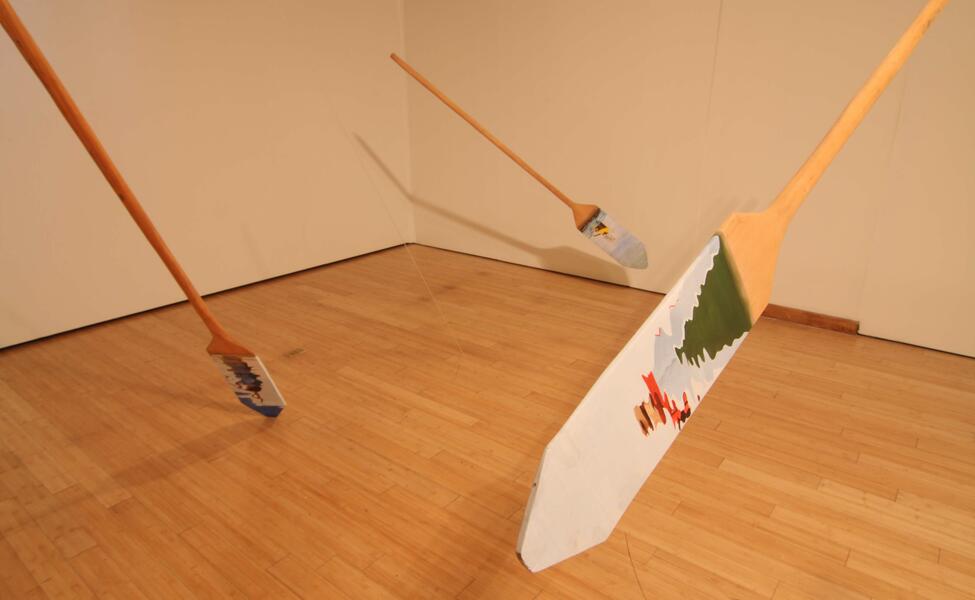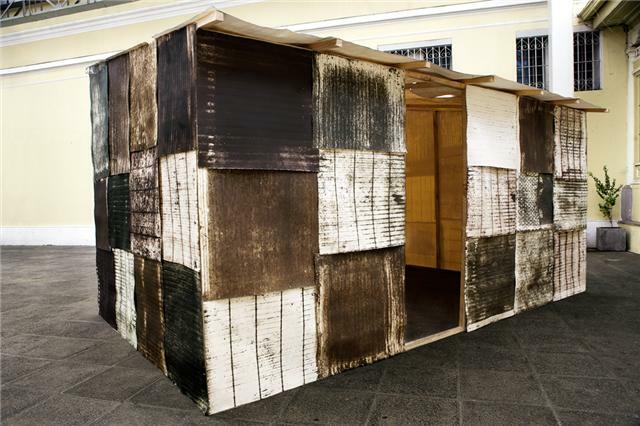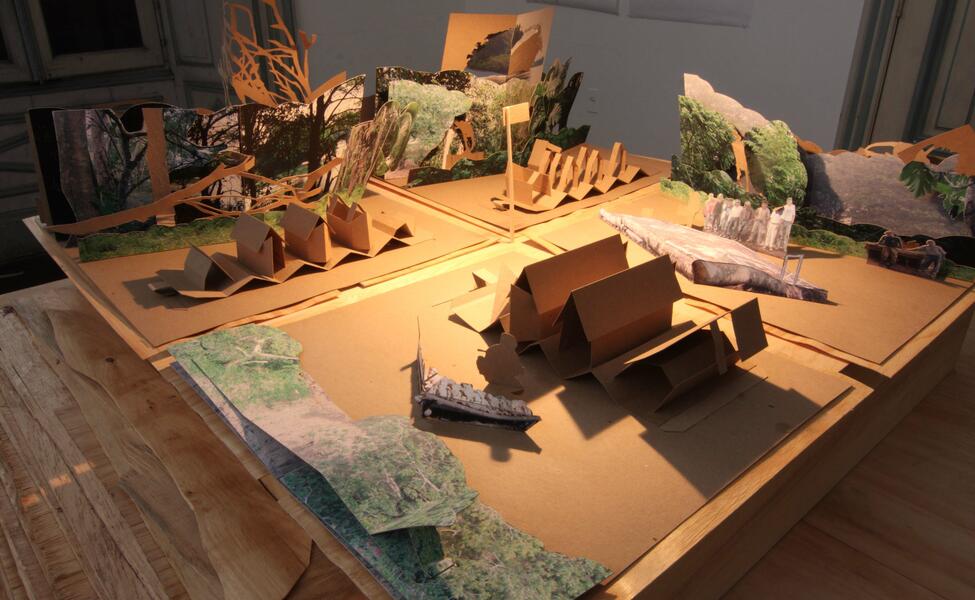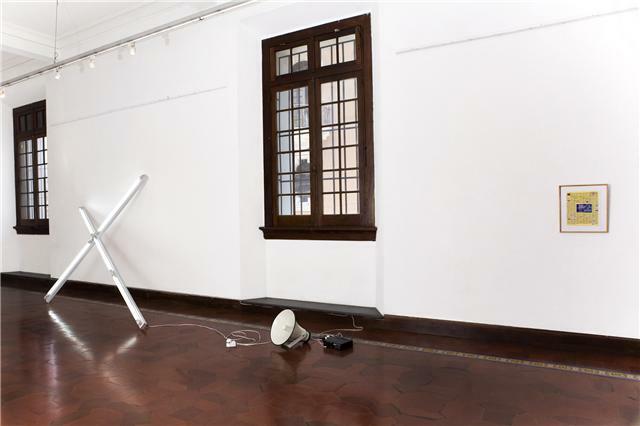In the winds: the XVII Biennial of Art Paiz
Almost a year ago, the curatorial group of the XVII Biennial of Art Paiz initiated a process that would finish confirming the winds of change that started to blow in the previous edition, and that were materialized in the Guatemalan exhibition that just closed. “See to Believe”, which was subdivided in four themes, didn’t merely propose a flexible but vigorous re-telling of the pieces, but also alluded to a process of change as much anticipated as needed. The figure of Jury by the curatorial committee was replaced, the production fees incremented, and the idea of a thematic art event was consolidated. The acquisition prices, unfortunately still available in circuits that were still maturing, were eliminated, and the publication of a catalog coherent with the event was anticipated. I like to think- although it still needs to be proven-that the general standard of this event that has existed in the Guatemalan art scene for 32 years was elevated.
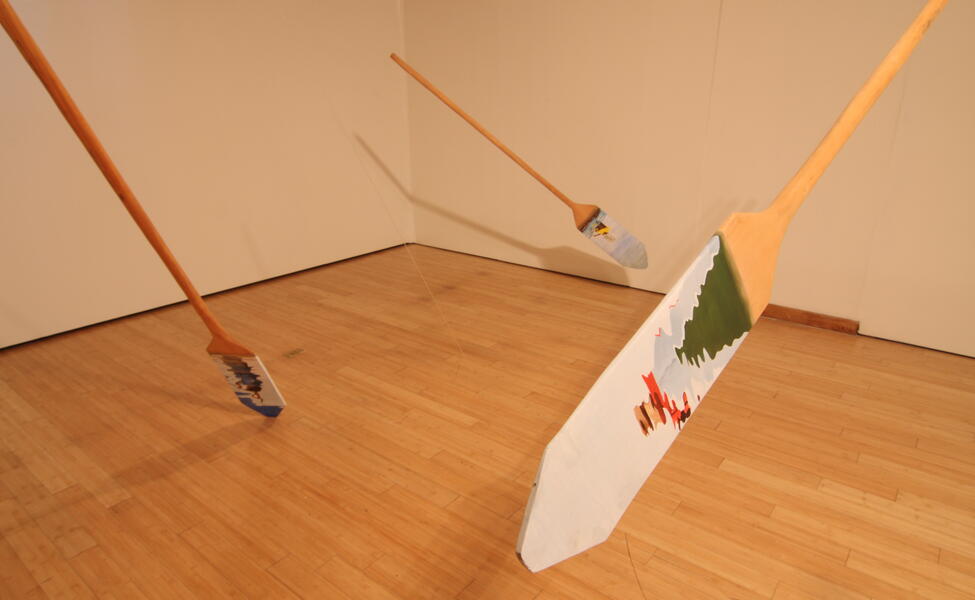
“See to Believe”, a famous saying by Saint Thomas Aquinas, responded to a series of speculations about contemporary art in Guatemala. On one hand, the undeniable religious inheritance in the artistic production of the country, but more than anything, the latent tension- and its subtle presence in art- of a society whose idea of “faith” is on the process of mutation. It is not a secret that the balance of power between different churches, in the country and the continent, is changing, and as can be expected, this is reflected in an eloquent manner in the culture and surroundings of the country. Advertising billboards flood the city with messages signed by God, who also sends text messages to followers’ cell phones for a modest sum of money, and who reminds us with bumper stickers how necessary it is to be born again… but independently from what religion we are part of, what is clear is that the idea of faith itself (as usually happens in difficult times) in on the table.
However, the discussion about faith had more to give. Through a revision of modernity and its aftermath it is easy to conclude that religion is not the only thing that’s being questioned; so are our personal convictions, the values of our systems, and the certainty that we are in the right place. The uncertainty that arises from the generalized instability not only affects the way in which we relate to our mystical side, but also our thought, order and general structures. In this way, the attitude in which the world and Guatemala present themselves in the making of history, and to themselves, is the perfect angle for looking at a society that, because of motives too extensive to discuss in this note, finds itself down in luck. In the air, with no direction.
This, in a parallel way, is a condition and process that is underlined in art as well. In a general plane, the traditional systems of presentation that governed for centuries are in crisis. Besides, very frequently, consuming art -not to mention being involved in its creation, production and presentation- is a true leap of faith, which requires believing in its structures, its tools and its forms, its implications and its multiple possible functions. And all this without mentioning the process, previously assimilated, of detachment from the work of art as a fetish, which continues to exist in our national context.
Now, this supposes a contradiction with the concept of faith: the necessity of seeing in order to believe in something that cannot be seen, like in the process of change, in which results are distinguished, not in the process that lead to them. From this relation, sometimes paradoxical, and sometimes analogical, there emerged four areas that group together the works of 30 Guatemalan artists and 7 international guests. “Blind Faith: Images and contemporary rituals” (analyses of popular icons, mystic syncretism and public and private gestures), included vigorous pieces like Blind Spot (2010) by Regina Galindo. “Looking again: The reconsidered object” approach to contemporary sculpture in the local medium, to a revision of the redefinition processes of the industrial and daily objects, a strategy frequently used in Guatemala and used prolifically by artists Ángel Poyón. “A trick to the eye”, an actualization of the tradition of the trompe l’oeil, which revises the state of the image in a time of simulation, with conceptually unified Works Journey to Paradise (2010), by Manuel Chavajay; and “Imaginary Worlds”, collection of utopias, dystopias, and other reflections of place and existence, beautifully exemplified by Alfredo Ceibal (Akua: World and Society of Volunteers 2010).
Of all the pieces that are “linked” by these four lines, that at the same time wove the five expositions together (in five different locations, mainly the Historical Center of Guatemala City), there has been artists elected for the Biennial of Visual Arts of Central American Ishtmus, an even full of good intentions but, like the Biennial Paiz itself, with a process of maturation ahead, and in which all the winners from the local biennials from every country get together. With works that range from poetry and documents, the Guatemalan committee is directed by Regina Galindo, Jorge de León, Alberto Rodríguez, Manuel Chavajay, Alfredo Ceibal and Yasmin Hage. Underlying almost all the material is an idea of revision of the context itself and the will to “create destiny”, which put together makes one think of that moment of pause, that necessity to take in air to continue walking.
But a swallow doesn’t do summer, and the Biennial of Art Paiz has a long way to go. The theoretical event, although interesting and colorful, could have resulted in a serious discussion of the themes with which it is concerned in this occasion, extending the dialogue to other sectors, deepening in certain crucial areas. The center of documentation is an idea that remained in ink, and the general production needs to define its mechanisms. It is necessary to wait for the conditions to make a complete evaluation, with the condition, of course, that the Biennial of Art Paiz remains in the air, and takes on new flights…

